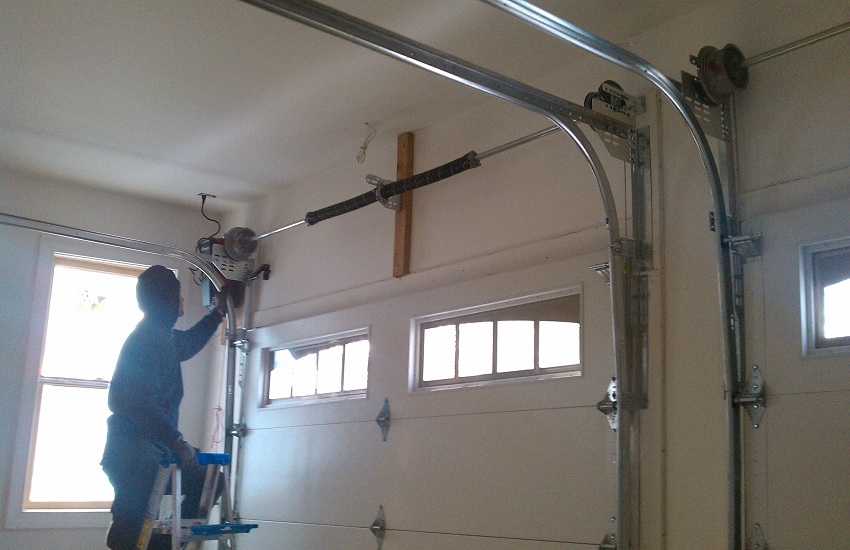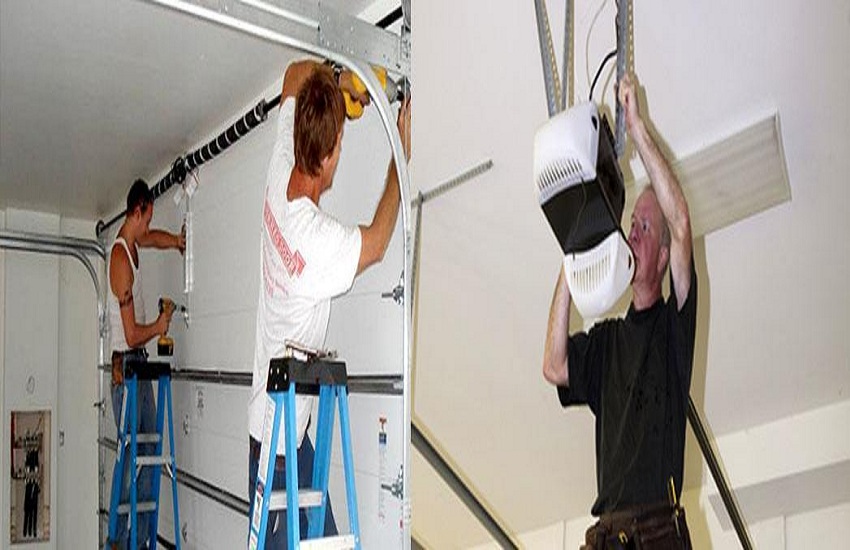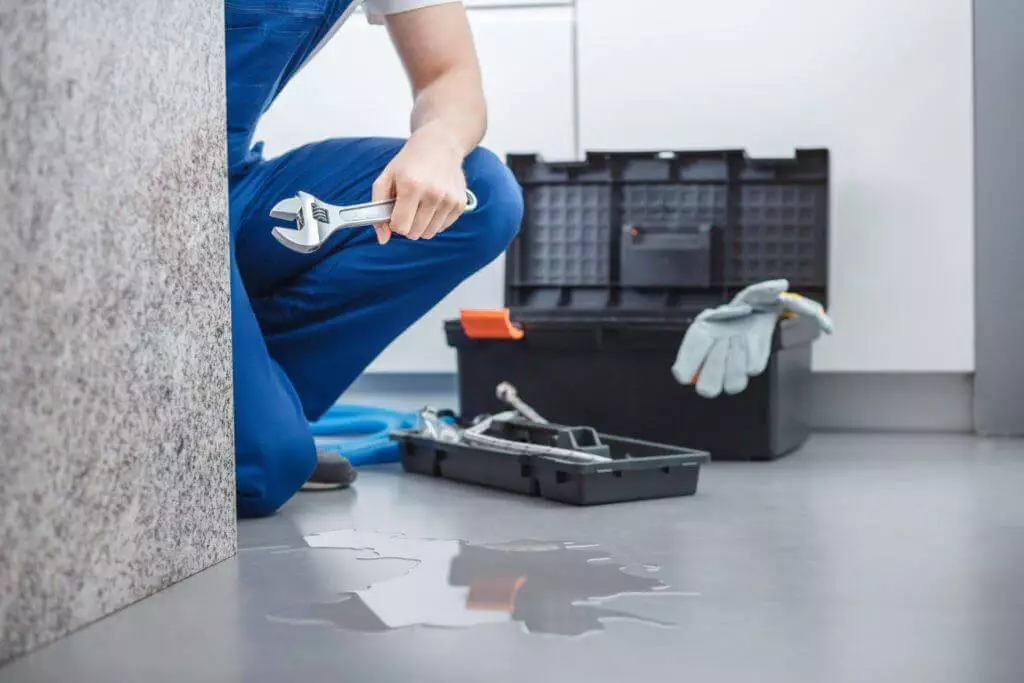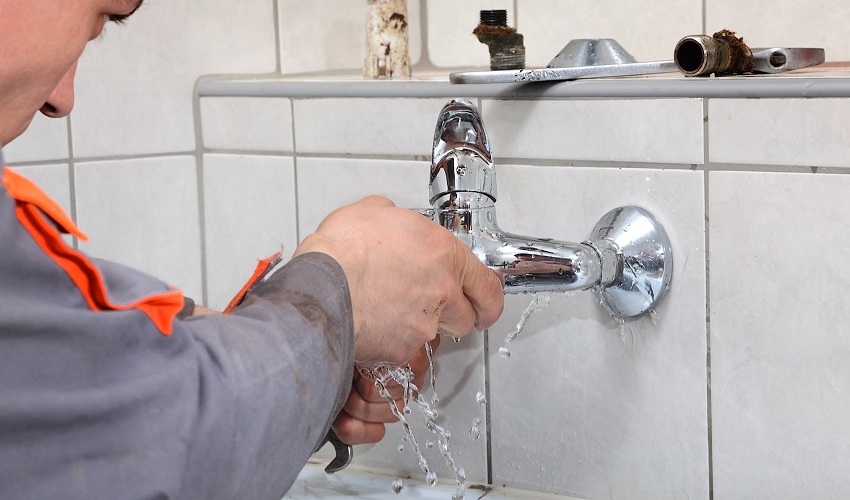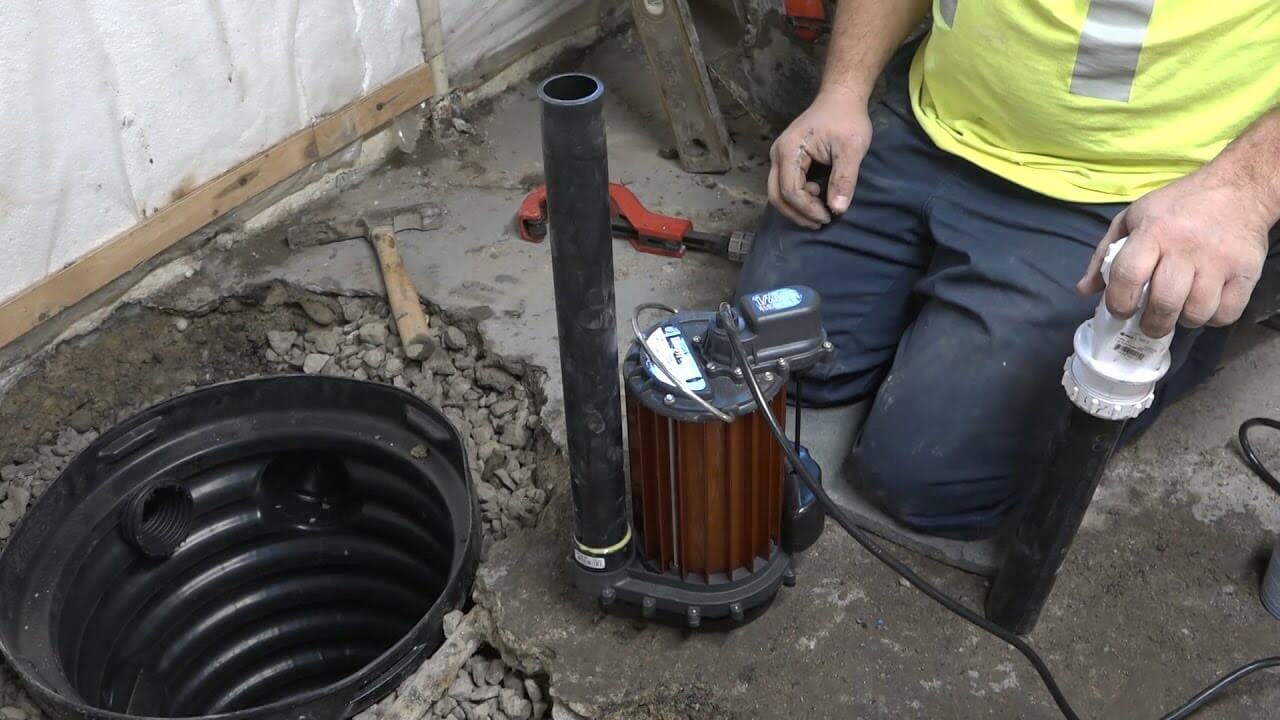
When leather starts cracking, fading, or peeling, the biggest challenge isn’t the damage itself—it’s finding someone skilled enough to fix it. A high-quality repair should blend seamlessly into the original material, maintain the leather’s texture, and extend its lifespan. Unfortunately, not every technician claiming to “fix leather” is qualified.
If you’re unsure where to begin, this guide will help you confidently navigate your search and choose the right professional for the job.
Content
Start With Research, Not Just Convenience
Most people begin by searching online for a local specialist. Instead of picking the first listing that appears, approach your search like hiring a contractor. You’re not looking for someone who can “touch up leather”—you’re looking for a technician who truly understands restoration. One helpful shortcut is using a leather repair shops directory, which organizes repair specialists by location and gives you quick access to portfolios and reviews.
Whether you search through a directory or browse results on Google, focus on shops that specifically mention leather restoration—not just upholstery, cleaning, or detailing.
Review Their Before-and-After Portfolio
A reliable leather repair technician should have clear photo examples of their work. Look for:
- Close-up photos, not just distant shots
- Repairs where you can’t tell where damage used to be
- Projects involving different leather types and colors
- Consistent lighting between before and after photos (avoid edits or filters)
If a company can’t show what they’ve done, they can’t prove what they can do.
Ask About Their Method and Materials
Leather repair requires proper preparation, products, and technique. A professional repair is a multi-step process:
- Deep cleaning and degreasing
- Sanding or feathering edges of damaged areas
- Filling cracks or worn spots
- Color-matching dyes on site
- Applying a protective topcoat
Any technician who says they can fix damage with “just one coat of dye” is not following a real restoration process.
Good shops use commercial leather dyes and coatings—not simple craft paint. The right products bond into the leather surface and withstand wear.
Verify Experience With Your Type of Leather
Not all leather behaves the same. A qualified repair technician should be able to identify your material before quoting the job. Leather categories include:
- Protected/pigmented leather
- Semi-aniline and aniline leather
- Suede and nubuck
- Vinyl and synthetic leather
If a technician cannot identify what type of leather you have, they may not know how to treat it correctly.
Avoid Choosing Based on Price Alone
Leather repair pricing varies based on the condition of the surface, the complexity of the repair, and the size of the damaged area. While it’s tempting to choose the lowest quote, cheap repairs often crack, peel, or discolor after a few months.
Pay for quality once—or pay to fix a bad repair later.
Evaluate Communication and Professionalism
A dependable technician:
- Asks for photos before quoting
- Provides clear expectations (what will blend, what won’t)
- Communicates turnaround time and pricing in writing
Poor communication often leads to poor results.
Conclusion
Choosing the right leather repair service isn’t about picking the closest shop—it’s about finding a specialist who understands the craft. Start by browsing a leather repair shops directory, compare portfolios, ask about process and materials, and focus on expertise rather than price. A skilled technician can make your leather look refreshed, extend its life, and help you avoid costly replacement.

Wesley is a home improvement blogger who strives to improve his life and the lives of others. He provides homeowners with helpful tips on how to renovate their homes. His goal is not only to provide easy-to-follow instructions, but also share his own personal experiences for those seeking guidance.


